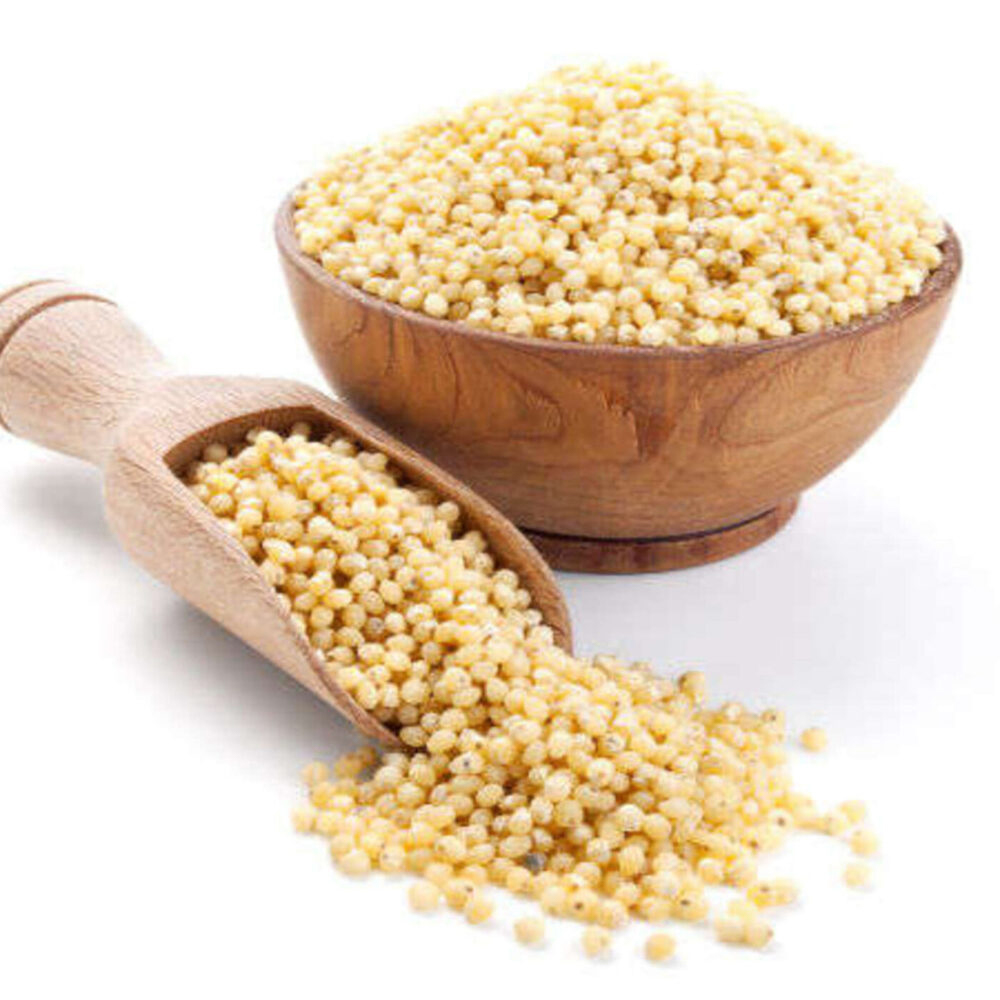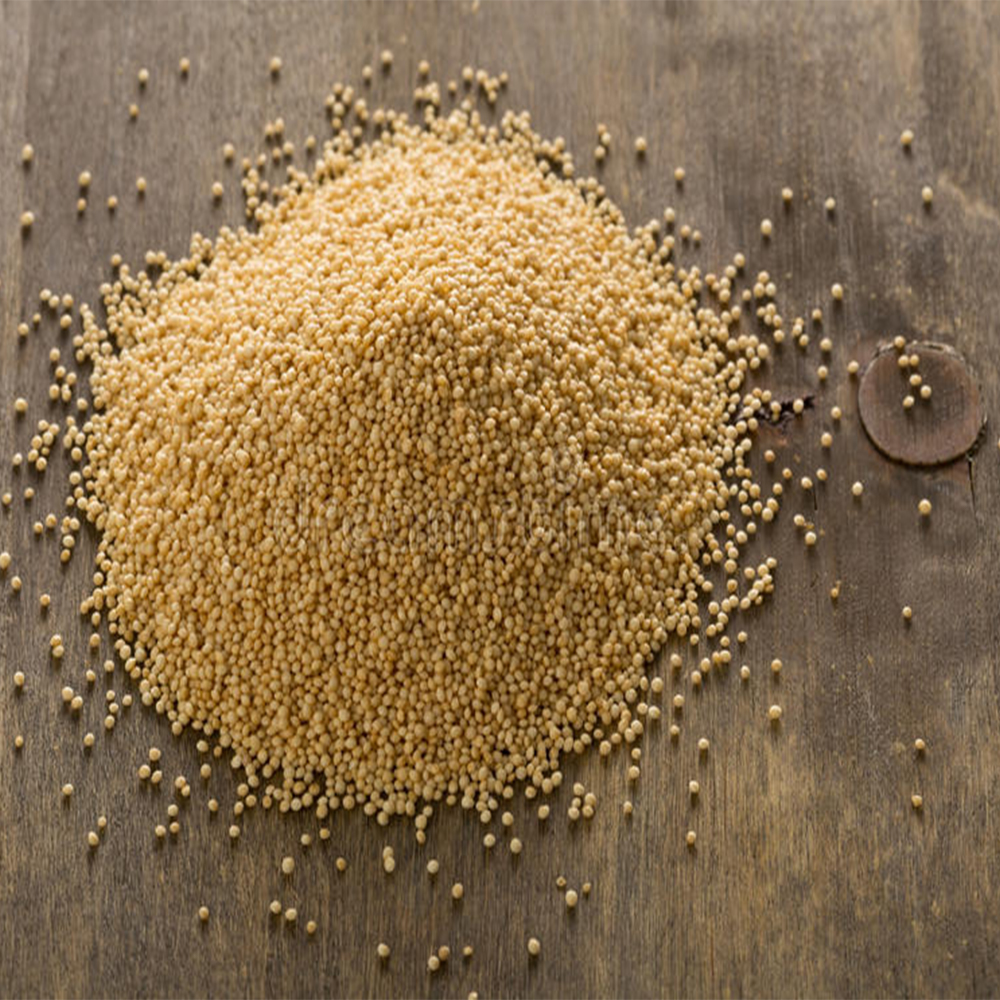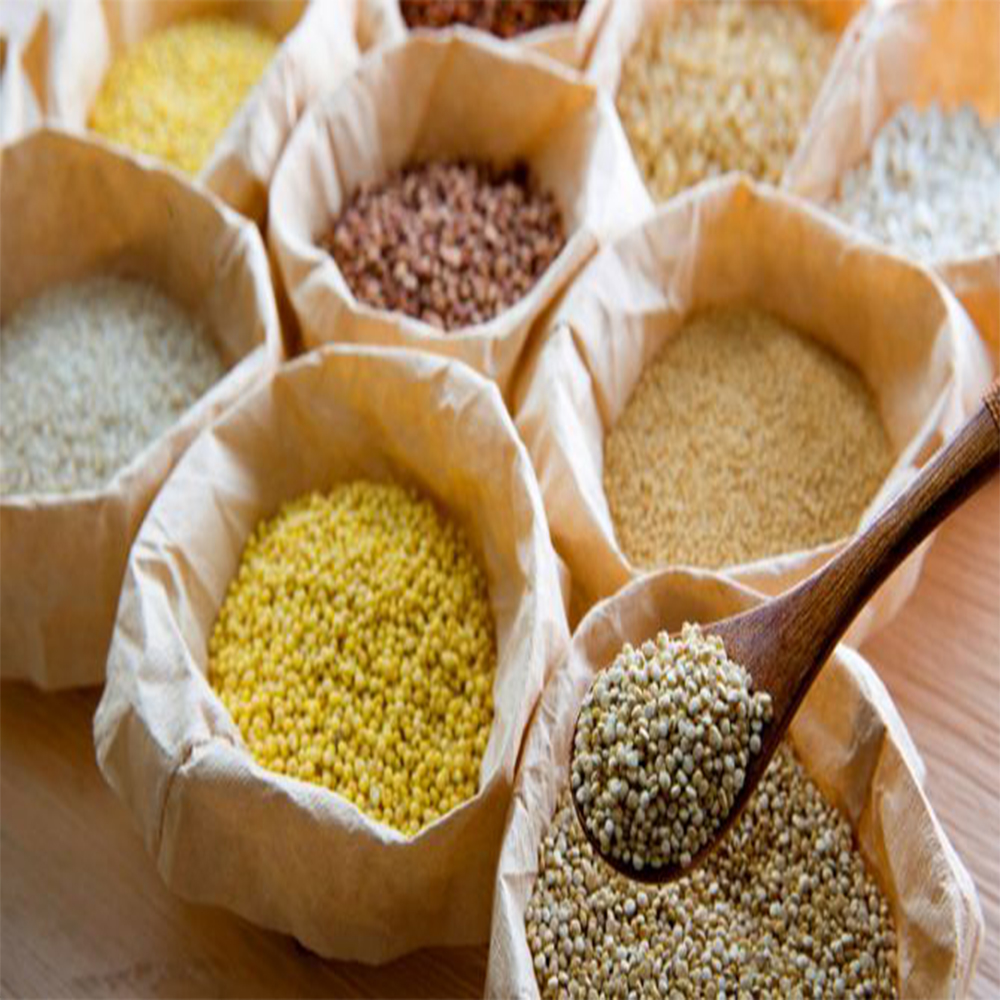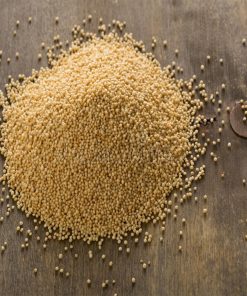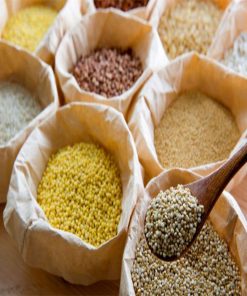Benefits of RMY Sorghum Millet, Red Sorghum Millet ,How to Cook Sorghum Millet?
$0.00
Description
Dear Sir/Madam,
How are you?hope fine.
We Are biggest manufacturer of RMY millet products. We have also more then 1 million RMY products companies and warehouses in Pakistan, Germany and Poland , also can provide you home deliveries with small quantities also no problem.
Sorghum bicolor, commonly called sorghum and also known as great millet, broomcorn, guinea corn, durra, imphee, jowar, or milo, is a grass species cultivated for its grain, which is used for food for humans, animal feed, and ethanol production.
Benefits of Sorghum Millet:
Sorghum is a nutrient-packed grain that you can use in many ways. It’s rich in vitamins and minerals like B vitamins, magnesium, potassium, phosphorus, iron, and zinc. It’s also an excellent source of fiber, antioxidants, and protein. What’s more, it’s easy to replace rice or quinoa with whole sorghum in most recipes.
Millet is a cereal grain with highly variable small-seeded grasses that belongs to the Poaceae family. These cereal grains are grown in warm regions with poor soils. They are major crops in the semiarid tropics of Pakistan. Moreover, their main advantage over other crops is that they are able to survive in less fertile soils, harsh environments, and droughts. Millet is grown for both human and animal consumption.
Millet grains are small and round in shape. Furthermore, there are many varieties of millets, and we can divide them into two groups as major and minor millets. Major millets are the most commonly cultivated variety of millets and include pearl millet, foxtail millet, proso millet, and finger millet. Among these, pearl millet is the most popular and intended mainly for human consumption. Minor millets, on the other hand, include Kodo millet, barnyard millet, little millet, Guinea millet, browntop millet, fonio millet, and adlay millet.
Millet grains are naturally gluten-free. They are rich in dietary fibres, proteins, minerals (iron, potassium, magnesium, and phosphorous) and vitamins. Therefore, they are a good source of nutrition, just like fruits and vegetables. Millet can also improve digestion and fight against diabetes.
Q1: Can millets be given to babies?
Yes millets can be given to babies. Babies can be fed Popped/malted millets powder; this is like a millet based substitute for baby food like Cerelac or others. Traditionally, children were given different forms of Foxtail millets from 6 months up.
Q2: I do not know how to cook millets?
This is a common question people keep asking; first we need to understand that today our common food is Paddy Rice and Wheat.
Q3: My children do not want to eat millets?
A lot of children do not like porridge made from dalia or oats but learn to like it over a period of time. Taste is cultivated and as parents we have to provide exposure to different textures, flavours etc. Start creating a taste for millets with e.g. laddus made from Popped millets and Foxtail millet mixes which can be used as drink by mixing with milk and then introduce it in the form of upma, mix millets in dosa/idli batter thus slowly introducing it into the diet.
A simple Jowar Pop can be very tasty food for the Kids, it is very easy to make and also a nutritious food rich in dietary fiber very essential for building immunity.
Q4: How often can I use millets in our food?
millets can be consumed on a daily basis. They can either be used as it is or can be mixed with wheat and rice based products.
Q5: What is Sorghum?
Sorghum is an Old World cereal grain that belongs to the grass family Poaceae. It’s also native to warm regions of the world and is a major source of grains and stockfeed. Like millet, sorghum is also drought resistant. It’s a popular crop to grow in the drier regions in the world. Sorghum has been introduced to Pakistan, where it has been growing for thousands of years. Moreover, sorghum plants grow tall like corn.
sorghum is commonly used as a sweetener. It’s also used as livestock feed. Sorghum is also popular as a gluten-free grain. Although it’s less popular in the US, sorghum is the fifth most produced grain crop in the world. It can be cooked like rice, milled into flour, or can be even popped like popcorn. Sorghum flour can also be used as a substitute for wheat flour. Moreover, whole grain sorghum is commonly used in baking.
Similarities Between Millet and Sorghum
- Both are cereal grains that are rich in nutrients, including dietary fibres, proteins, minerals (iron, potassium, magnesium, and phosphorous) and vitamins.
- In addition, they are gluten-free grains.
- Both grow in warm regions of the world, and they are drought-resistant crops.
Difference Between Millet and Sorghum
Definition
Millet refers to grains from the Panicum miliaceum plant, while sorghum refers to grains from the Sorghum bicolor.
Nutrient Profile
Millet and sorghum have similar nutrient profiles, but millet is slightly higher in cal

